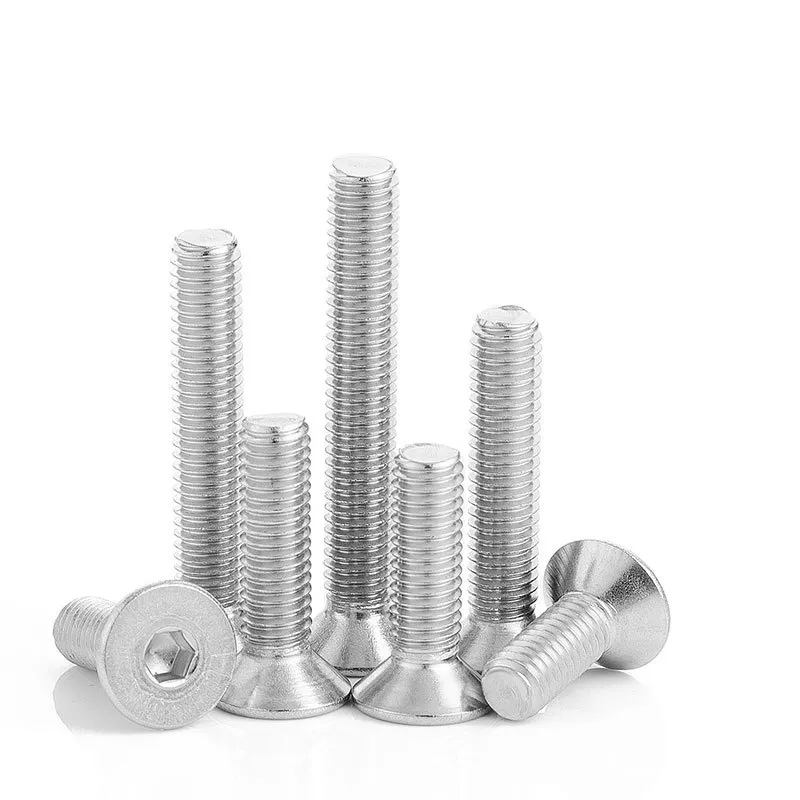

stud welding ceramic ferrule
Sep . 22, 2024 16:49 Back to list
stud welding ceramic ferrule
Stud Welding with Ceramic Ferrules An Overview
Stud welding is a widely used process in the construction and manufacturing industries, particularly renowned for its efficiency and effectiveness in joining metal components. One of the notable advancements in stud welding technology is the use of ceramic ferrules. This article will explore what stud welding is, the role of ceramic ferrules, and the benefits they bring to the welding process.
Understanding Stud Welding
Stud welding is a method that allows for the attachment of a stud—a small cylindrical piece of metal—to a base material using heat generated by an electric arc. This technique is favored because it provides a robust bond without the need for additional materials like nuts or bolts. Typically, the stud is placed in contact with the workpiece, and an electric current is briefly applied, generating sufficient heat to melt both the stud and a small area of the substrate. Once the desired temperature is reached, the stud is plunged into the molten pool, creating a strong and permanent bond.
The Role of Ceramic Ferrules
Ceramic ferrules are essential components in certain stud welding applications, especially for processes like the drawn arc stud welding. These ferrules help to localize the arc, ensuring that the heat is concentrated at the interface between the stud and the workpiece. The primary function of a ceramic ferrule is to act as a shield or insulator that contains the molten metal and prevents it from flowing away from the weld zone. This containment is crucial for achieving high-quality welds with minimal defects.
Ceramic ferrules can be tailored in size and shape to accommodate various stud designs and welding scenarios. Their robust structure withstands the high temperatures generated during the welding process while preventing oxidation and contamination of the weld pool. This feature is particularly beneficial in applications where the integrity and aesthetics of the weld are paramount.
Advantages of Using Ceramic Ferrules
stud welding ceramic ferrule

The integration of ceramic ferrules in stud welding offers several advantages
1. Improved Weld Quality By localizing the heat and preventing contamination, ceramic ferrules contribute to a more consistent and higher-quality weld. This is particularly important in applications that require precise engineering and aesthetic considerations.
2. Reduced Distortion The control over the heat application helps in minimizing distortion and warping of the base material, especially when working with thinner sheets or delicate structures.
3. Increased Efficiency Ceramic ferrules enable faster welding processes as they reduce the time needed to form a strong bond. This efficiency can significantly improve production rates in a manufacturing environment.
4. Versatility These ferrules can be used with different types of metals, making them suitable for a wide range of applications, from automotive to construction.
5. Cost-Effectiveness Despite their initial cost, the long-term benefits of enhanced weld quality and efficiency can lead to overall cost savings in production.
Conclusion
Stud welding with ceramic ferrules is a robust solution for joining metal components, driven by the demand for efficiency, quality, and versatility in modern manufacturing. As industries continue to seek innovative welding techniques, the use of ceramic ferrules stands out as a significant advancement, ensuring that welds are not only strong and durable but also meet the stringent standards required in today’s competitive market. By leveraging the advantages offered by ceramic ferrules, manufacturers can enhance their welding processes, leading to improved product quality and operational efficiency.
Latest news
-
High-Strength Hot-Dip Galvanized Bolts-Hebei Longze|Corrosion Resistance&High Strength
NewsJul.30,2025
-
Hot Dip Galvanized Bolts-Hebei Longze|Corrosion Resistance&High Strength
NewsJul.30,2025
-
Hot Dip Galvanized Bolts - Hebei Longze | Corrosion Resistance, High Strength
NewsJul.30,2025
-
High-Strength Hot Dip Galvanized Bolts-Hebei Longze|Corrosion Resistance, Grade 8.8
NewsJul.30,2025
-
Hot Dip Galvanized Bolts-Hebei Longze|Corrosion Resistance,High Strength
NewsJul.29,2025
-
High-Strength Hot Dip Galvanized Bolts - Hebei Longze Metal Products Manufacturing Co., Ltd.|corrosion resistance&high strength
NewsJul.29,2025

